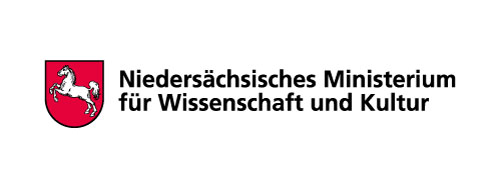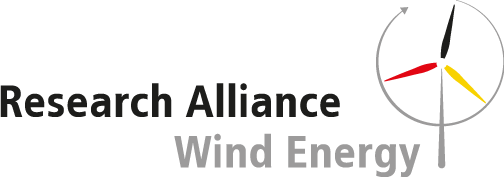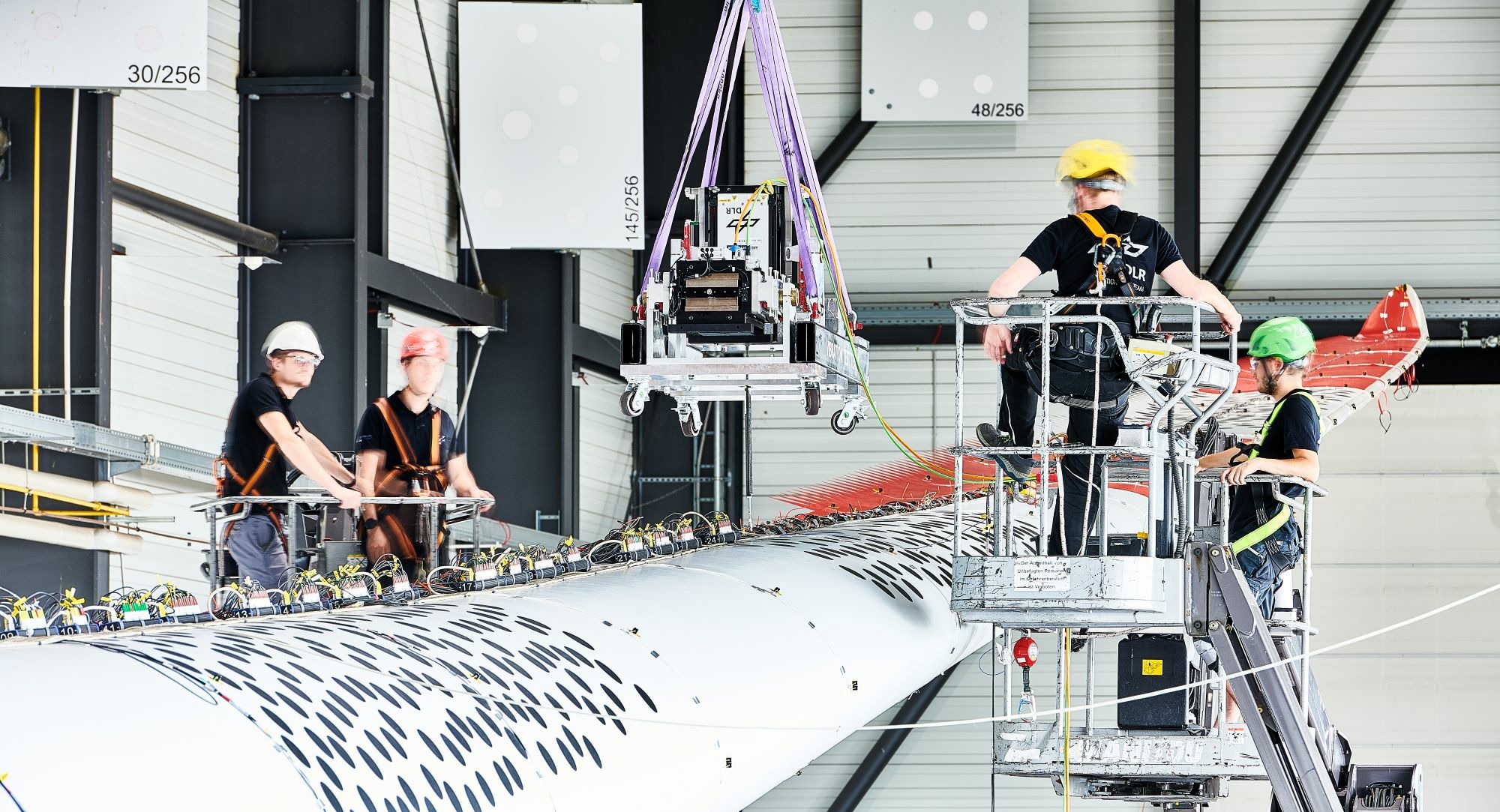Opportunities for Cooperation at Our Research Wind Farm WiValdi
DLR’s WiValdi research wind farm offers a wide range of opportunities for cooperation suitable to your own research and development objectives. Our wind park provides a wide scope of infrastructures for your use, following our aspiration of wanting to supply a research infrastructure appropriate for the whole wind power community. In this regard, it is our goal to cover the industry’s relevant research aspects so that the wind energy sector and all connected systems in Germany and at international level may benefit in the future.
Are you active in the areas of industry and research and interested in cooperation? If so, we will be more than happy to offer you valuable advice as to how we could support you in implementing your projects at our research facilities.
Do you have questions about WiValdi in Krummendeich?
Then get in touch with us.
Herr Dr.-Ing. Jakob Klassen
Our utilization units for your research
The WiValdi research wind farm is located at Krummendeich, a municipality in the district of Stade, Lower Saxony, at the mouth of Elbe River. This region is characterized by steady winds, with the West-Southwest being the main wind direction. The land is mainly used for agriculture, with the exceptions of special areas designated to the parking of cranes, measuring masts, and, of course, wind turbines. Several locations within the area can be plugged into a low voltage networkand a data line, thereby making possible the connection of external sensors and other systems. Further projects to be realized at the research facility could include:
- the erection of container solutions
- the use of mobile microphone arrays
- the use of LiDAR systems.
OPUS 1 and OPUS 2 are two identical Enercon E-115 EP3 wind turbines, each with a capacity of 4.2 MW, a total height of 150 meters and a rotor diameter of 116 meters. About 1,300 sensors are installed onto each wind turbine generator (WTG) that enable comprehensive knowledge of its overall behavior, especially in relation to the rotor blades. What makes these two WTGs are unique in the world is that they are fully equipped with measurement technology from their foundation piles to their blade tips. The respective instrumentations of both turbines are not identical, which is why OPUS 1 and OPUS 2 can be used in accordance with the specifics of research interests. Apart from the sensor systems that are integrated during manufacture, e.g., into the foundation pile or into inaccessible locations of the rotor blades, further sensor technology can be added as well, for instance, to validate and calibrate the sensor technology already present in the WTG. Moreover, the access to the control unit makes it possible to operate the plant in line with any project matrix as requested.
A special feature is the spatial array of both multi-MW wind turbines, which are positioned exactly behind each other towards the main wind direction. Although this configuration might seem unfavorable in the view of a commercial operator, it is all the more interesting from a research point of view, since the design allows for experiments on the wake flow. For this purpose, a total of five meteorological measuring masts have been erected, which allow to record the properties of the turbulent wake in great detail. In front of OPUS 1, an IEC-compliant measuring mast of 150 meters has been installed downwind, equipped with sensor technology that registers all incoming wind fields with the highest precision. As soon as a wind field hits OPUS 1, this will result in a complex turbulence within the wake.
This wake flow is then detected by an array of three measuring masts of 100, 150, and again 100 meters, in front of OPUS 2 and oriented towards the main wind direction. In this way, the array makes it possible to measure the turbulent wind field alongside the whole rotor area of OPUS 2 before it actually reaches OPUS 2. This special configuration enables the exploration of the wake’s effects or to validate existing methods for reducing or deflecting the wake to increase the effectiveness of the entire wind farm.
A fifth IEC-compliant measurement mast is going to be placed upstream of WTG 3.
Investigations on wake flows aside, the measuring masts also enable meteorological research. Sensors for air pressure, humidity, precipitation or the density of cloud covers, along with a LiDAR system, if mounted onto the measuring mast array, will allow for more comprehensive meteorological investigations.
Virtually all sensors employed at the research wind farm are capable of feeding their data into a data management system (DMS). The DMS is installed in the control center and allows the collection of highly synchronous measurement data in different resolutions and time intervals as needed. The time stamps are highly accurate, thereby enabling not only the evaluation of individual data series but also the analysis, combination and validation of a wide variety of sensor systems of different measuring systems and utilization units. The DMS will be capable of compiling data coming from the altogether the 3,500 sensors spread all over the WTGs, measuring masts, and field instrumentation. It will store all data in a fail-safe manner and transfer it to another data management system at DLR’s computer center. Serving as an archive, this DMS will make all data available online for future retrieval and processing.
Possible Research and Development Topics
For ensuring a reliable, affordable and environment-friendly energy supply in the best way possible, an equally environment-friendly, cost-efficient expansion of wind energy is required that is furthermore supported by a large majority of the population. At the WiValdi research wind farm, we are aspiring to contribute to this objective with our research into more efficient, cost-effective, and noise-reduced wind turbines.
Examples for this can be found in selected research topics that represent a selection of possible forms of cooperation with the WiValdi research wind farm (pursuant to the 7th Energy Research Program of the German Federal Ministry for Economic Affairs and Climate Action, Bundesministerium für Wirtschaft und Klimaschutz, BMWK)
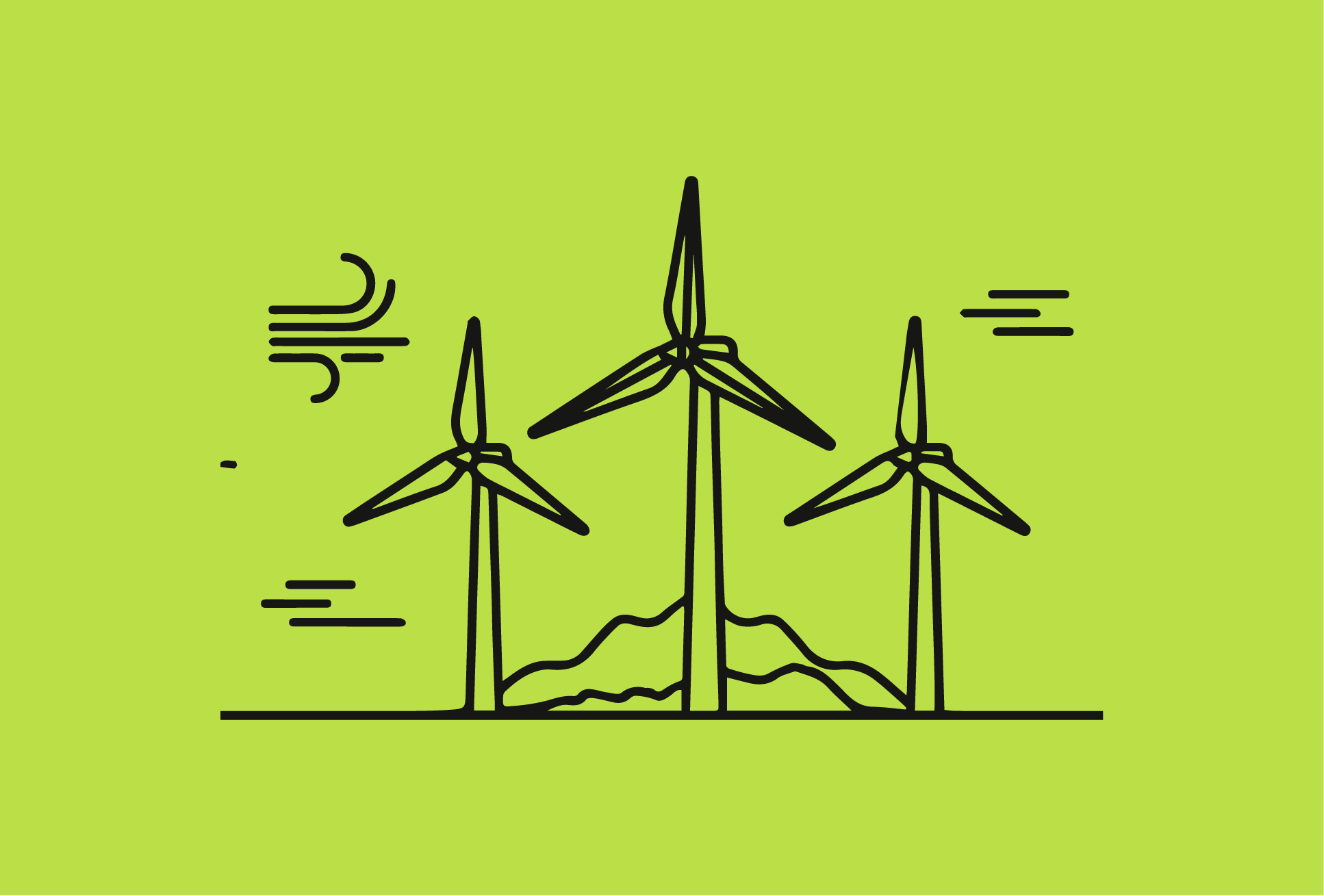

Site Development
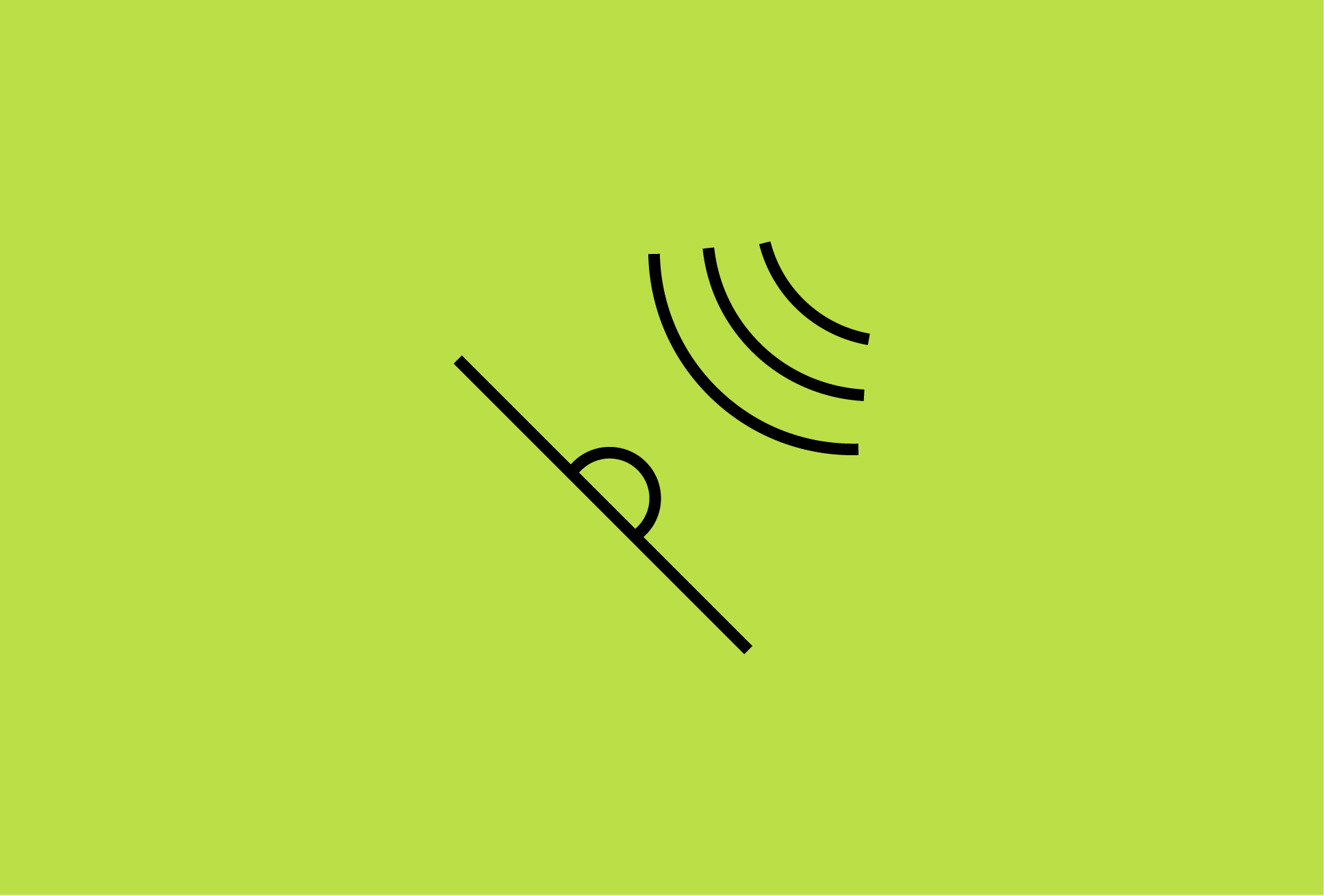

Component Development
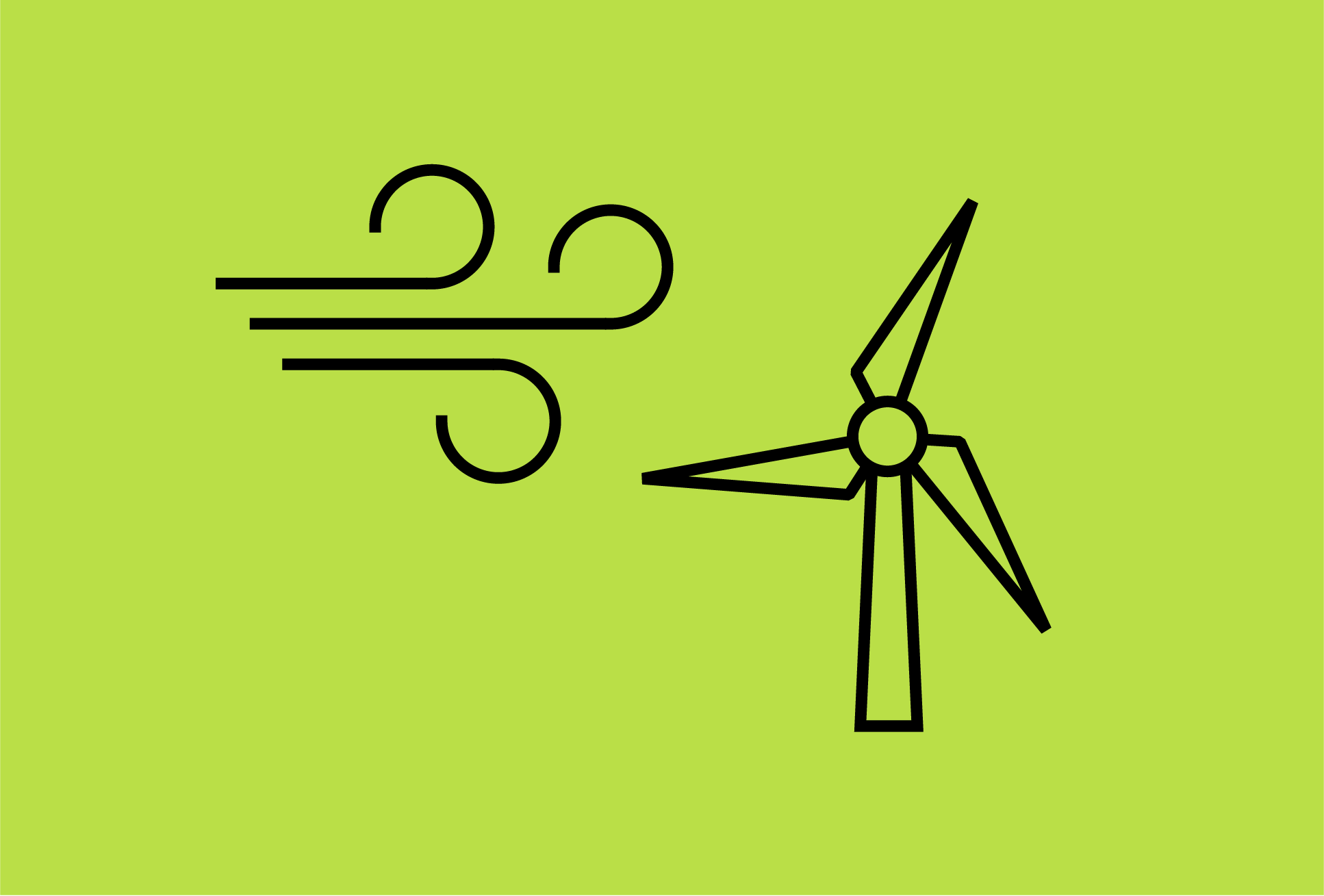

Load Reduction
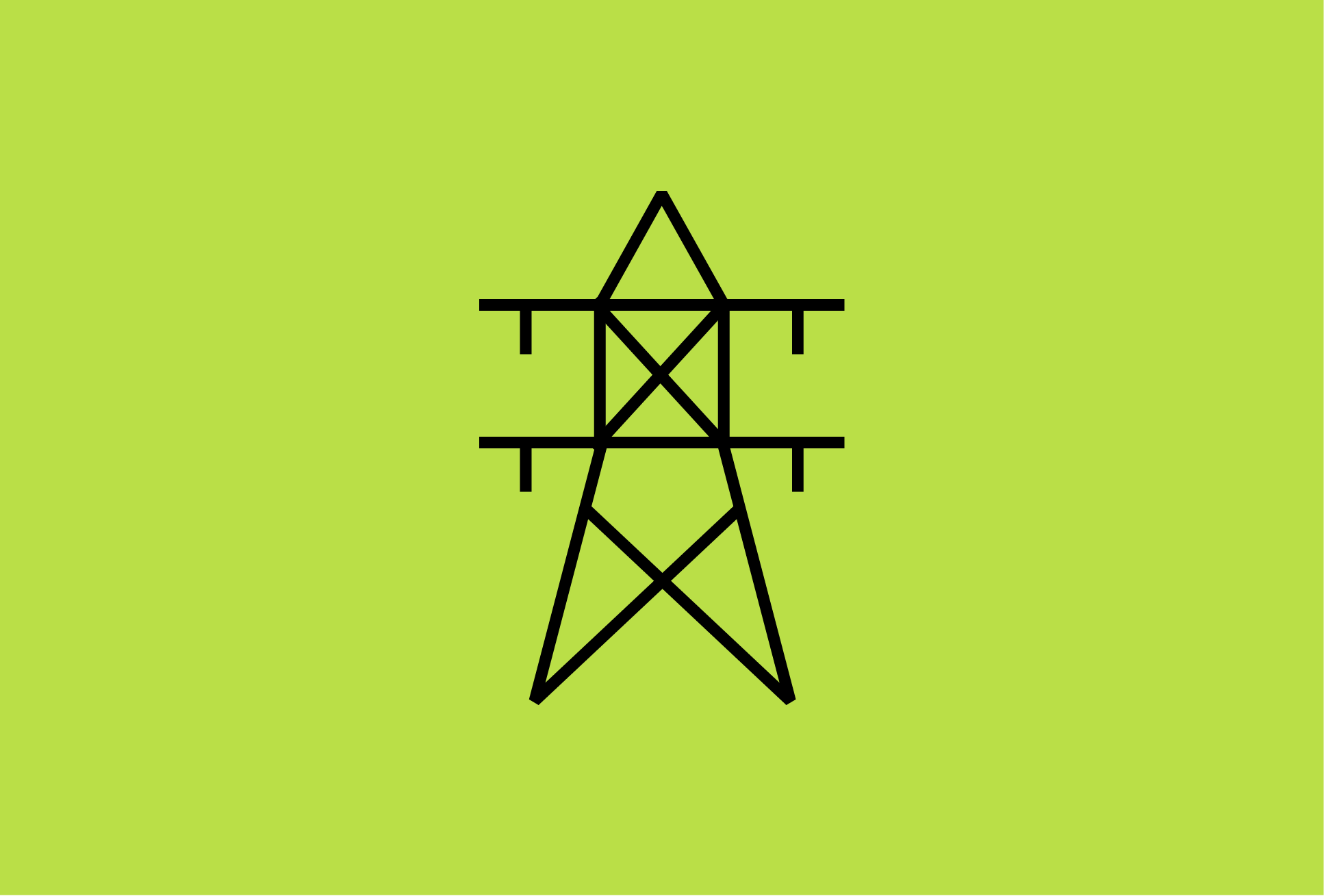

Grid Integration
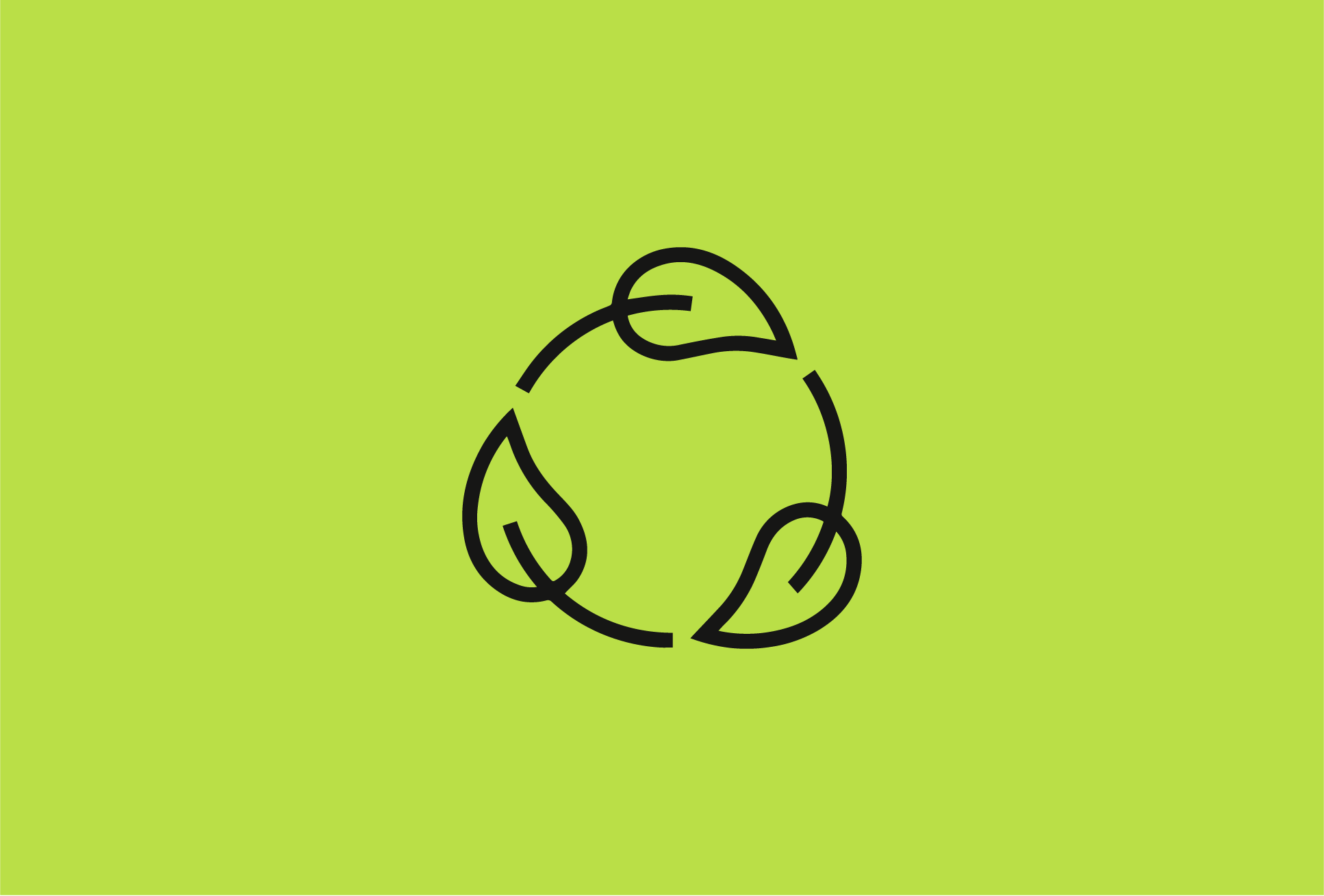

Social Aspects


The Rotor
Your field of research is not included?
The research wind farm in Krummendeich is funded by the Federal Ministry for Economic Affairs and Climate Action (BMWK) and the Lower Saxony Ministry of Science and Culture (MWK).
